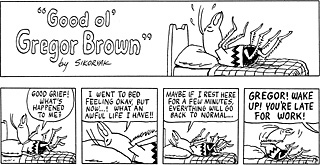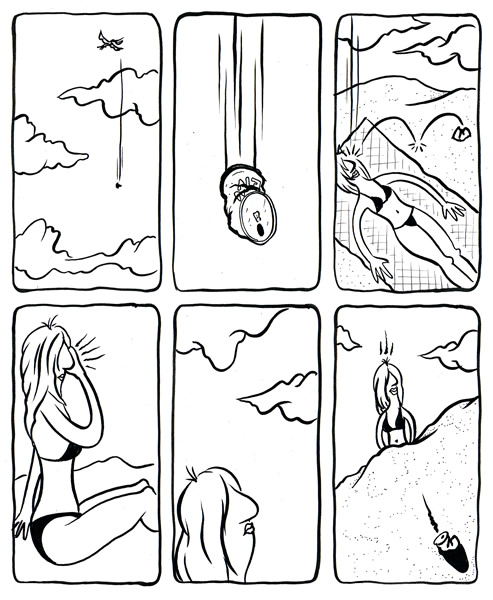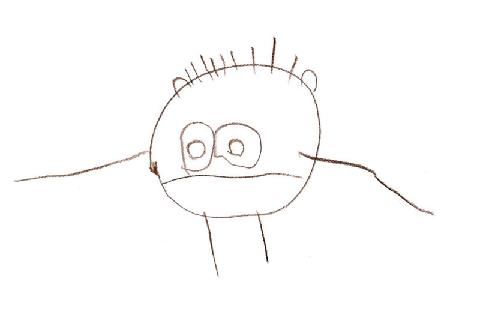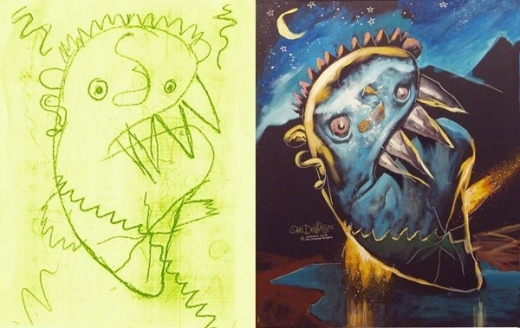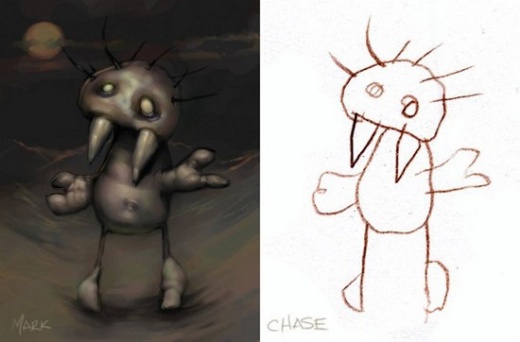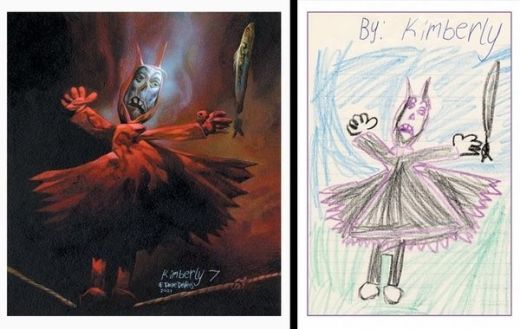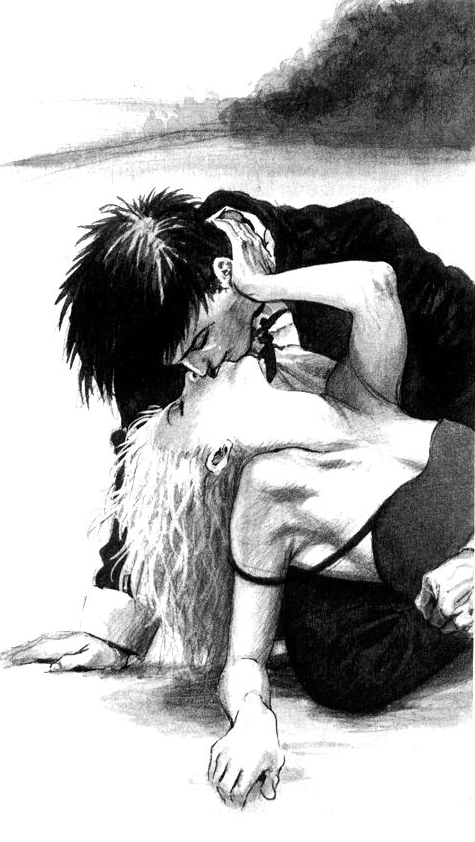
IT’S OKAY IF YOU DIVERGE FROM WHAT’S “TRUE.” SOMETIMES A GREATER TRUTH IS FOUND IN LIES. GOOD STORIES ARE MADE UP OF BOTH TRUTH AND LIES.
- Today in your composition book we will be working in What It Is. We will do the exercises on pages 151-154.
- Next we will do the exercises on pages 159-162.
- Now, make a comic of one or more pages, based on 1 or 2 above.
- Retell a scene from your fairytale in the form of a “mash-up.” Put your superhero in your tale and see how that changes the story.
MASH-UP: Slang. a creative combination or mixing of content from different sources.
- See “Song of Myself!” p. 373 of your D & Q Anthology. This is a mash-up of Whitman’s optimistic poem with a mad-scientist/superhero-type vibe.”
- Another “Mash-up” is the Teletubbies video I showed earlier in the semester, which is a mash-up of happy Teletubbies with a dark, melancholy tone, both visually and musically. https://nobodyputsbabyinahorner.wordpress.com/2015/03/28/teletubbies-in-black-and-white-set-to-joy-division/
DON’T WORRY IF THINGS DON’T SEEM TO COME TOGETHER. CREATE AND ACCUMULATE. YOU WILL EVENTUALLY FIND A PLACE FOR YOUR THOUGHTS. IF NOT FOR THIS CLASS, THEN SOMEWHERE ELSE DOWN THE LINE.

- On April 8, 12, and 14, I’d like us to discuss some of the comics in your D & Q Anthology. So I’d like each person today to choose an author and a comic to talk about. We’ll do it as a round table discussion. I’d like it if no more than two people choose the same author/comic. As soon as you’ve made your choice today, please write your name and your choice on the board.
- Talk about why you were drawn to this author/comic. What do you see in the art and the story? What techniques can you learn from? What does the comic give us? Make us feel? Why is it great that this comic exists? What does it add to the conversation about being truly alive?
- During the last two weeks of class, you will be presenting your final project to us. You can do this by putting your work on a blog, using Power Point, or just bringing in your original art and displaying them. We want to know all about your project. Why you chose to do this project. What you hoped to convey with the project. Where you think you succeeded. Where you think you could have done better. What the challenges were. What the rewards were. Where you will take the idea from here. And so on.
